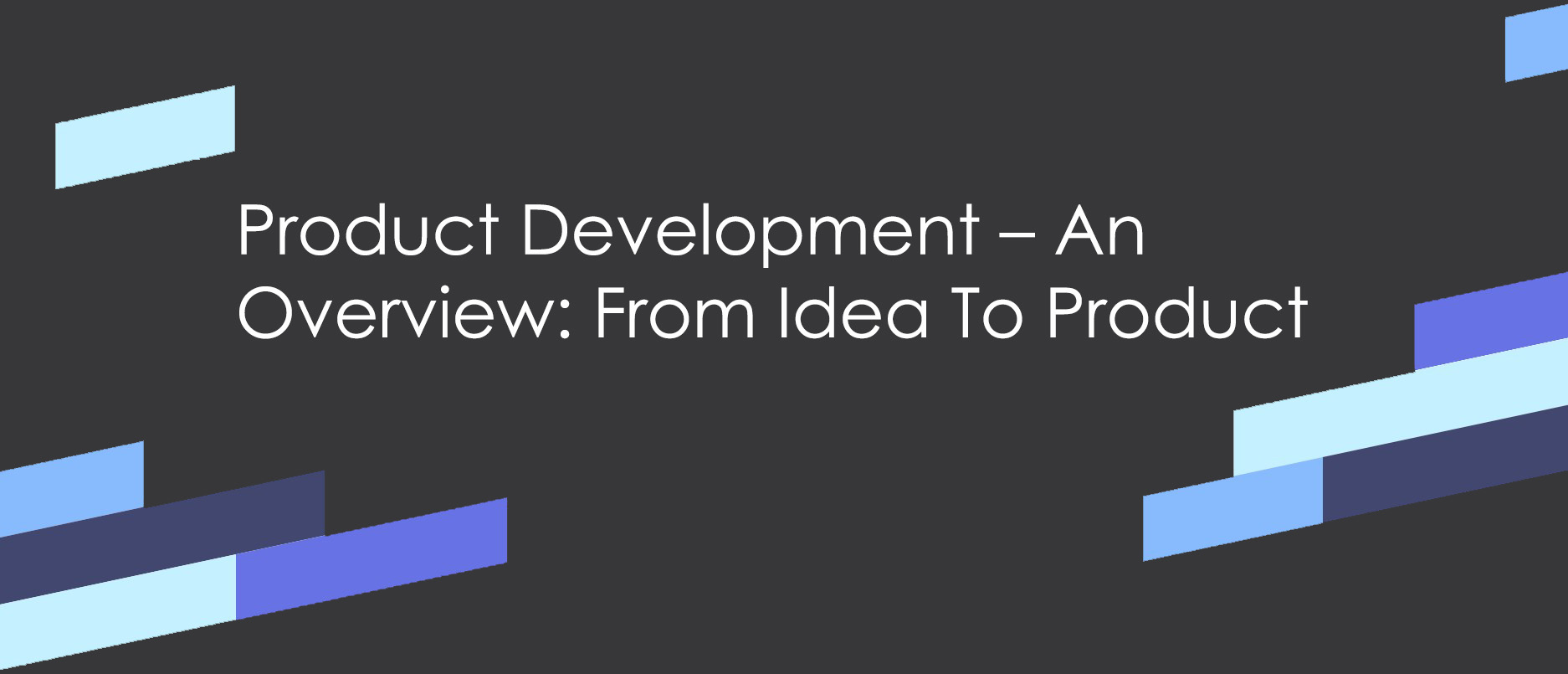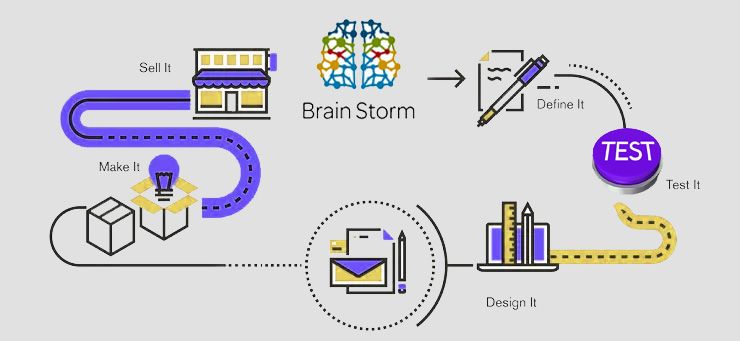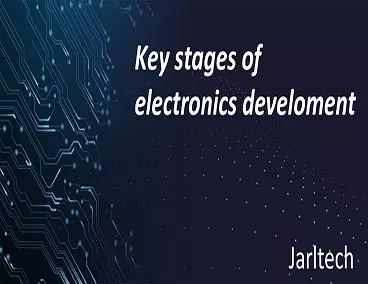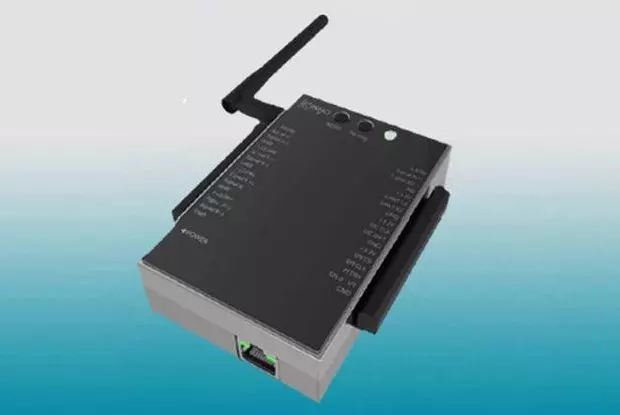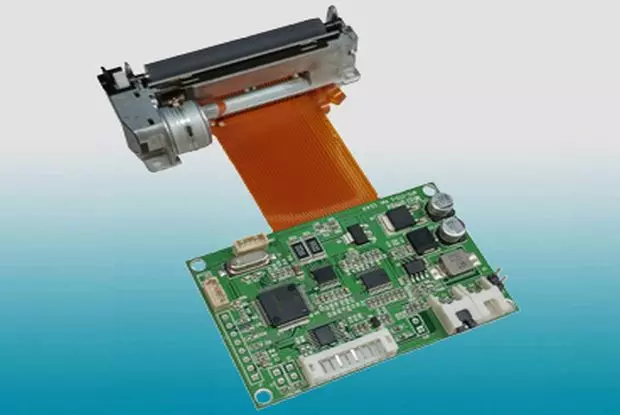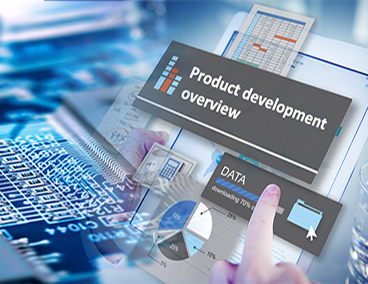
Product Development
Innovate new products and refine existing ones
Product development is a structured process that teams utilize to create new products and enhance existing ones. While there are numerous variations, the typical process involves four key steps: identifying a market opportunity, generating ideas, building the product, and bringing it to market. It is essential to have a clear, step-by-step approach in place to avoid wasting time and falling behind competitors.
A business case can now be developed by evaluating factors such as market share potential, customer needs, required investment, and competitor analysis. This is frequently regarded as the initial stage in the formal product development process.
Overview of Product Development
Product development is a systematic process that teams employ to create new products and enhance existing ones. While there are numerous variations, the process typically comprises four fundamental stages: identifying market opportunities, generating ideas, developing the product, and launching it. It is essential to adopt a structured, step-by-step approach to ensure that teams do not waste time and remain ahead of their competitors.
A business case can be developed by considering a number of factors, including the company's current market share, customer requirements, necessary investment, and competitor analysis. This is typically viewed as the preliminary phase of the formal product development process.
A product is defined as a set of benefits that can be either tangible, such as a physical item, or intangible, such as a service or experience. The new product development process comprises two concurrent activity paths. The first emphasises comprehensive market research and analysis, while the second focuses on idea generation, product design, and detailed engineering. New product development represents the initial phase of the product life cycle management process, a strategic framework designed to facilitate the management of products and market share. An effective product development process allows a company to:
Product development processes help teams avoid costly errors. While not every product can be developed through a structured process—some are discovered by chance or through fortuitous mistakes—these processes help ensure that teams minimize time spent on non-productive activities.
1. Recognize a Customer Requirement
Identifying customer needs is the most crucial yet often overlooked step in the development process. It is not uncommon for teams to bypass this stage. When they hear customer complaints, they feel compelled to jump straight to solutions. However, this approach is analogous to driving for miles down the wrong path without consulting the map. It is more effective to pause, listen to customers, and seek to understand the actual problem, as a customer complaint may not reflect the true issue.
Product development is the process of creating a new or improved product that provides innovative benefits to the end user. This process covers the creation of both entirely new products and enhancements to existing ones. Such modifications or introductions may address newly identified customer needs or target specific niche markets.
2. Idea Generation
Once the team has identified a genuine need, they can proceed with developing a solution. There are numerous methods for generating ideas, but the most effective approach is to alternate between ideation—the generation of as many ideas as possible—and refinement of the list to focus on the most feasible options.
It is important for teams to maintain an open mindset, as it is often challenging to determine which ideas will be effective at the outset. Team members may occasionally be reluctant to embrace new concepts, potentially overlooking viable alternatives due to their novelty.
3. Development of the Product
Prior to the development of a product, it is essential for teams to construct a business case that justifies the associated costs. For instance, has the market been sufficiently analyzed to determine the number of potential buyers? Will there be sufficient interest? Is the proposed price point sufficient to make the development process feasible?
During this phase, the product team can gather customer feedback, make necessary adjustments, and enhance the product's features in preparation for its release.
4. Prototype
Does this concept have business viability and provide value? If the answers to these questions are affirmative, the decision is made to proceed with the creation of the product prototype. Conversely, if the answers are negative, the process is halted and the team must return to the initial stages.
5. Launch
Once the product has been developed and tested, it is ready to be launched onto the market. This is when the marketing mix is put together to present the product to potential customers. This marks the beginning of the product life cycle.
6. Evaluation
The launch does not signify the conclusion of the product's marketing responsibilities. Conversely, post-launch, marketers gain access to genuine market data concerning the product's performance in the real world, beyond the confines of the testing environment. This market data initiates a new phase of idea generation, with a focus on enhancements and adjustments that can be applied across all aspects of the marketing mix.

